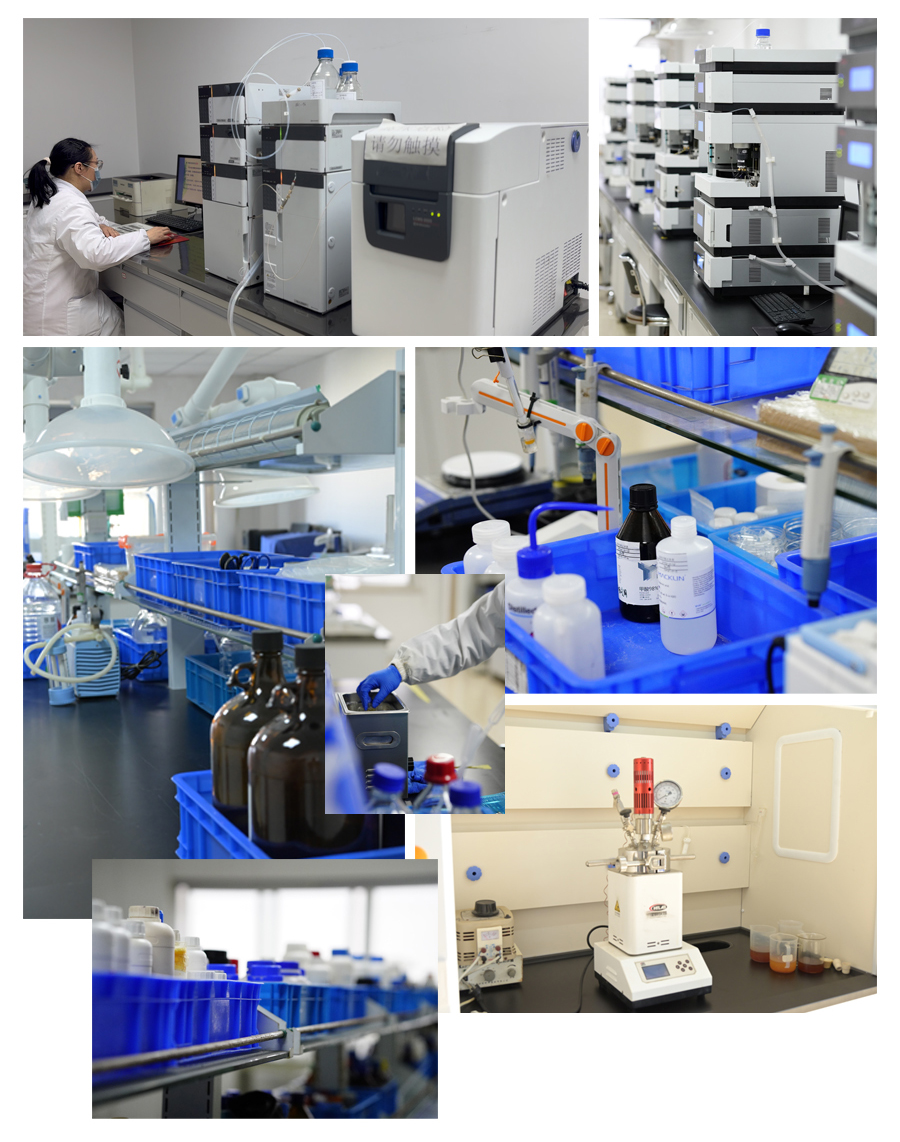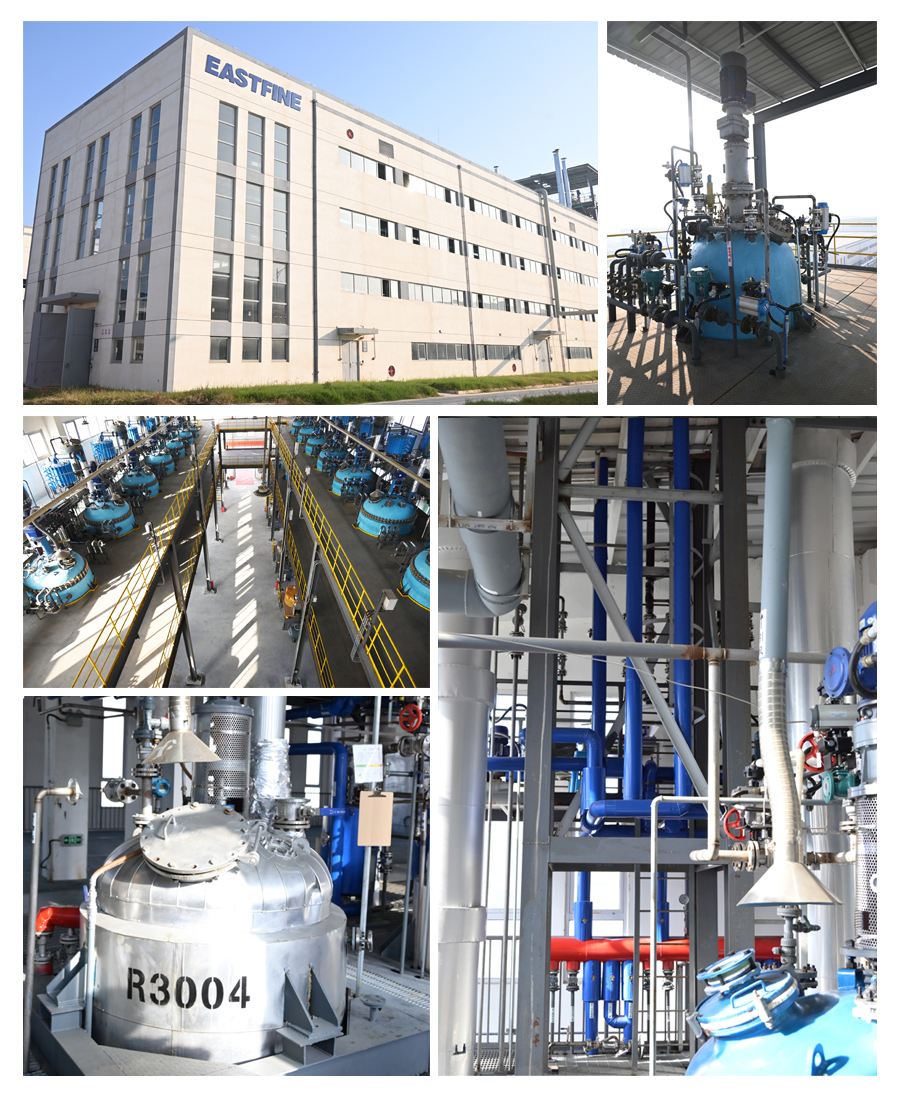| Availability: | |
|---|---|






Product Description
We are a pharmaceutical intermediate manufacturer of 2-Bromo-4-fluorobenzaldehyde.
Its CAS No. is 59142-68-6
Our pharmaceutical intermediates can be used in a variety of APIs.
Product Category | Custom Synthetic Intermediates |
CAS NO | 59142-68-6 |
Product Specifications | Melting point: 61.5 Boiling point: 234.9±20.0 °C(Predicted) Density: 1.70 storage temp.: Keep in dark place,Sealed in dry,Room Temperature |
Office Environment

Laboratory

Workshop/Warehouse

Certificate

2-Bromo-4-fluorobenzaldehyde is produced by EASTFINE , and we are in charge of overseas selling . Not just trading compamy .
China,America,Brazil,England,Russia,Poland,India,Pakistan,NewZealand,Korea,Australia,Dubai,Turkey,Indonesia,UAE.
yes , you can have 1 2-Bromo-4-fluorobenzaldehyde sample for starting the business , but it is not free
please contact sale team for detail .
2,4-Dichloro-5-(trifluoromethyl)pyrimidine (CAS 59142-68-6) is a halogenated heterocyclic compound with molecular formula C₅HCl₂F₃N₂. This pyrimidine derivative features two reactive chlorine atoms and an electron-withdrawing trifluoromethyl group, making it a valuable scaffold in pharmaceutical and agrochemical synthesis.
The compound typically appears as a colorless to pale yellow liquid or low-melting solid with a molecular weight of 216.97 g/mol. It has a boiling point of approximately 85-90°C at 20 mmHg and shows good solubility in common organic solvents like dichloromethane, THF, and ether, but limited water solubility.
For optimal stability, store in tightly sealed containers under inert atmosphere at 2-8°C. The material should be protected from moisture and light exposure. Properly stored, it maintains good stability for at least 12 months. Containers should be kept away from strong bases and nucleophiles.
This versatile intermediate is widely used in medicinal chemistry for constructing pyrimidine-based drug candidates, particularly in antiviral and anticancer agents. The reactive chlorine atoms allow sequential nucleophilic substitutions, enabling diverse structural modifications. It's also employed in materials science for creating fluorinated electronic materials.
The compound is moisture-sensitive and may release HCl upon decomposition. Use appropriate PPE including nitrile gloves, chemical goggles, and lab coat. Handle only in a well-ventilated fume hood. Avoid contact with skin, eyes, and clothing. In case of exposure, immediately flush affected areas with water.
Quality control includes GC analysis (typically ≥97% purity), ⊃1;H/⊃1;⁹F NMR spectroscopy, and refractive index measurement. The chlorine content may be determined by elemental analysis. Mass spectrometry provides molecular weight confirmation. For critical applications, Karl Fischer titration may be used to verify low water content.
The electron-deficient pyrimidine ring coupled with three strong electron-withdrawing groups creates exceptional reactivity. The chlorine atoms show differential reactivity, allowing selective substitution. The trifluoromethyl group enhances metabolic stability in resulting compounds, making it particularly valuable in drug design.
Available through specialty chemical suppliers in quantities ranging from grams to kilograms. Many suppliers offer custom synthesis and purification services. Technical data sheets with detailed specifications are typically available upon request from manufacturers.